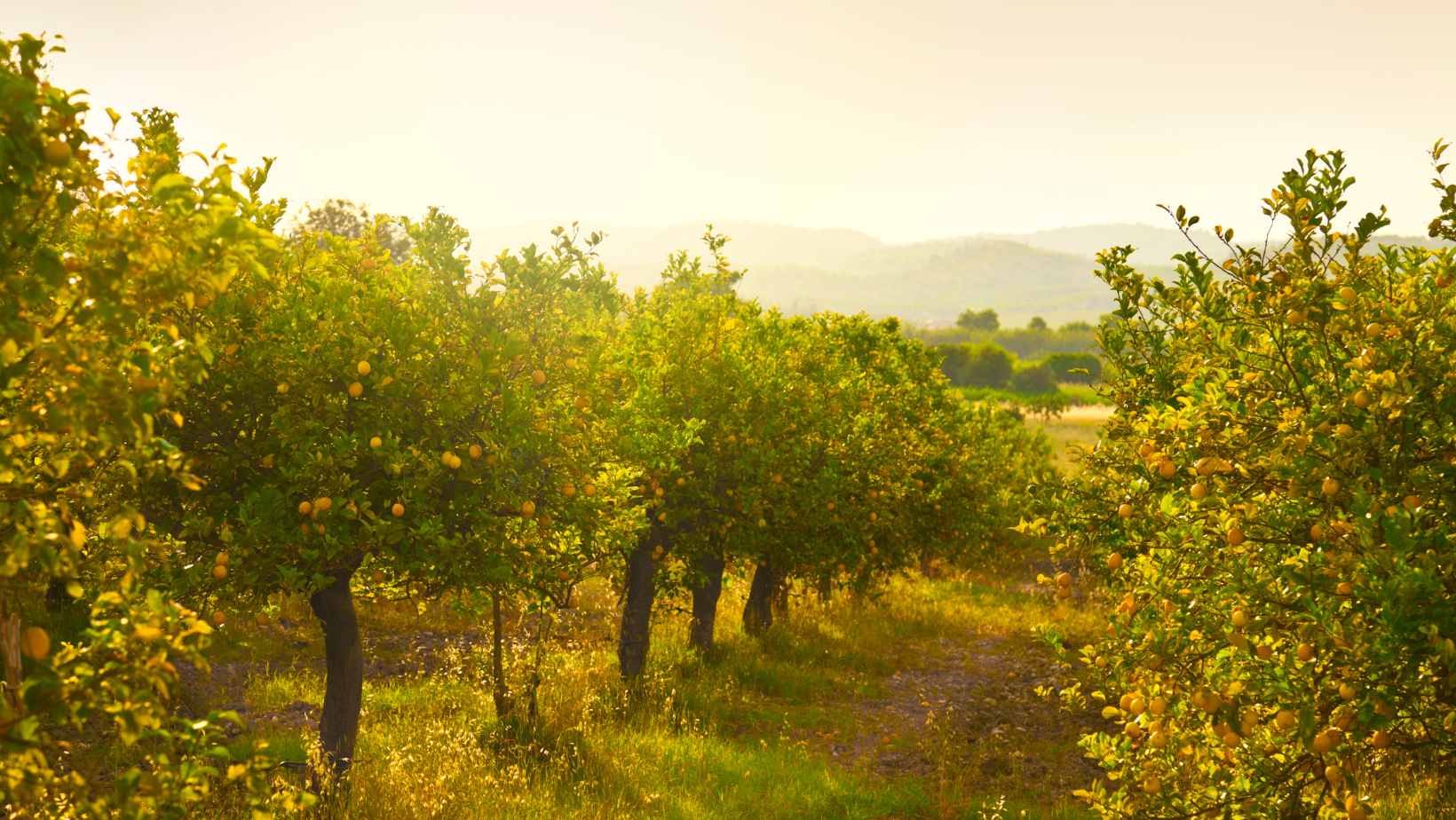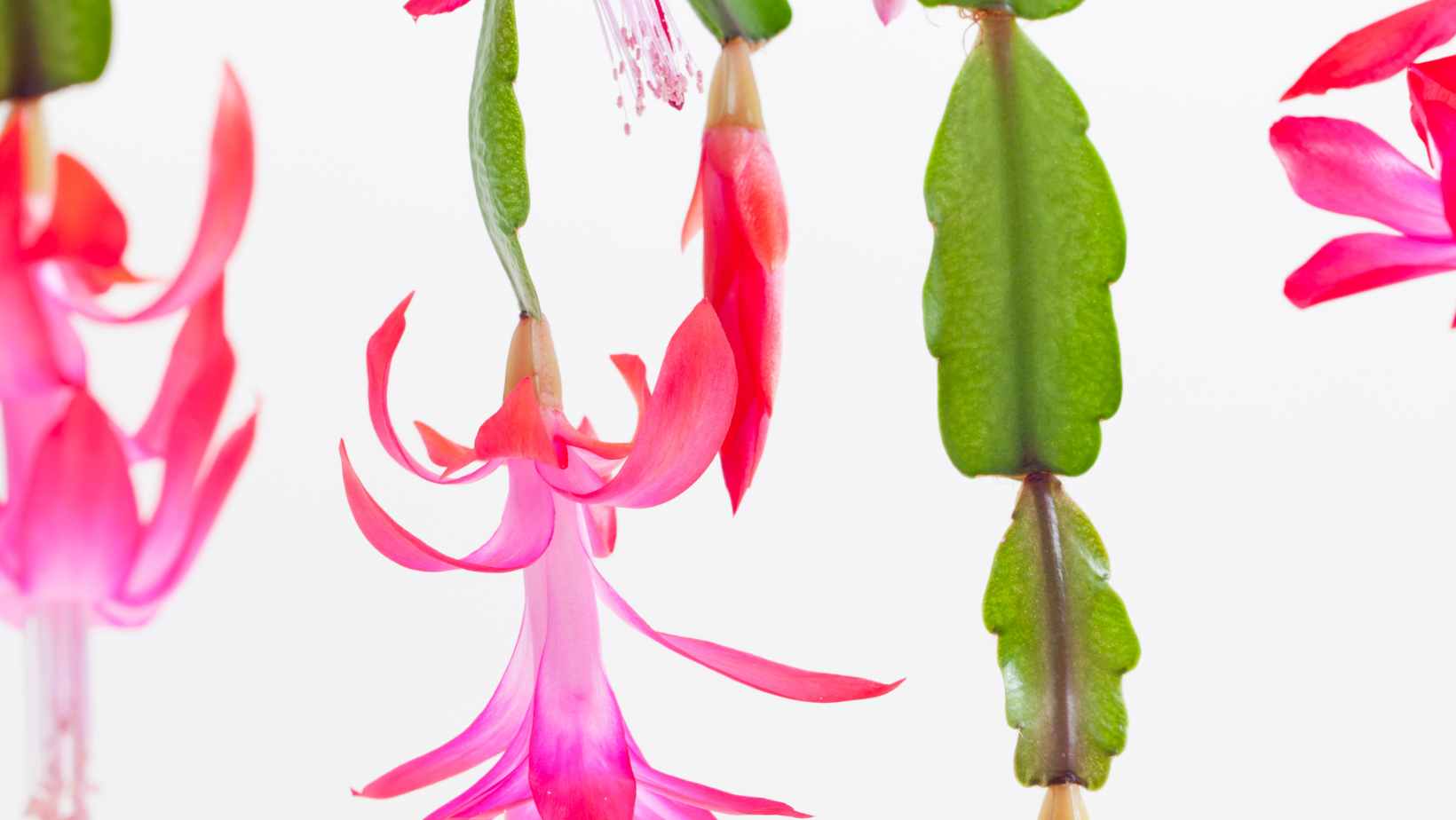How to identify a lemon tree
Lemon trees (Citrus × limon) are popular home trees because they provide an abundance of lemons, and the fruit can be used in a multitude of ways. Unfortunately, lemon trees also have some drawbacks that potential growers should be aware of before planting one.
What is a lemon tree?
Lemon trees are evergreen citrus trees with a broad pyramidal canopy, making them a popular landscaping choice. While they are tolerant of some neglect, they require regular watering and fertilising to produce the best fruit. They are also susceptible to a number of pests and diseases, which can hamper growth and fruit production.
How to identify a lemon tree
The lemon tree is a beautiful, fragrant tree that can add a touch of paradise to any garden. But there are some drawbacks to having a lemon tree. The tree can be susceptible to diseases, the fruits can be small and the tree can be difficult to grow.
Look for the signs
Lemon trees are a popular choice for home gardens, thanks to their beautiful fragrant flowers and juicy fruits. But these trees can be susceptible to a number of problems, including pests and diseases. One of the most common problems is lemon tree decline, which can affect both young and old trees.
There are a number of signs that can indicate that your lemon tree is in decline. The leaves may turn yellow or brown and fall off, the branches may die back, and the fruit may be small and misshapen. If you notice any of these signs, it’s important to take action quickly to try to save your tree.
One of the best ways to identify a lemon tree in decline is to look for the signs listed above. If you see any of these symptoms, it’s important to take action quickly to try to save your tree.
Check the leaves
To check if a tree is a lemon tree, start by looking at the leaves. Lemon trees have dark green, glossy leaves that are oval shaped with pointed tips. The lemon tree’s leaves are also characterised by their smooth edges. If you see these characteristics in a tree, it’s likely a lemon tree.
In addition to checking the leaves, you can also look at the fruit. Lemon trees produce small, yellow fruits that are oval shaped with smooth skin. These fruits have a sour and acidic taste. You may also notice that the lemon tree’s flowers are white and have a strong lemon scent.
Check the fruit
The fruit of the lemon tree is, of course, lemons. True lemon trees will produce fruit that is sour and acidic to the taste. Most store-bought lemons are hybrids, however, and may not be true lemons. This is not necessarily a drawback, as hybrids are often more disease-resistant than true lemons.
The drawbacks of lemon trees
Lemon trees (Citrus limon) are a common sight in many home gardens, bearing fruit that can be used in a variety of dishes and drinks. Lemons are also a good source of vitamin C. Despite their popularity, there are a few drawbacks to growing lemon trees. These include the potential for disease and pests, as well as the need for regular pruning.
They are susceptible to diseases
Lemon trees are one of the most popular fruit trees to grow in the home garden, and it’s easy to see why. They are relatively easy to care for, they produce an abundance of fruit, and they make a beautiful addition to any landscape.
However, there are a few drawbacks to lemon trees that you should be aware of before you decide to plant one in your yard.
They are susceptible to diseases
Lemon trees are susceptible to a variety of diseases, including citrus canker, which can cause the fruit to distort and drop from the tree; pitting, which causes small pits or bumps on the lemon skin; and greasy spot fungus, which causes dark spots on the leaves.
They require a lot of attention
Lemon trees require regular pruning and fertilising, and they need to be protected from frost in order to produce good fruit. They also tend to be short-lived compared to other fruit trees.
They are not self-pollinating
Lemon trees need another variety of lemon tree (or another citrus tree) in order to pollinate and produce fruit. This means that if you live in an area where lemons don’t grow naturally, you’ll need to purchase two trees or find a place where you can grow them together.
They require a lot of care
Lemon trees are beautiful and can produce an abundance of fruit, but they require a lot of care. If you’re thinking about planting a lemon tree, be prepared to put in the time and effort required to keep it healthy and productive.
Lemon trees need full sun and well-drained soil. They’re water-hungry plants, so you’ll need to water them regularly, especially during hot, dry periods. Fertilise your lemon tree several times a year to help it produce lots of fruit.
Lemon trees are also susceptible to pests and diseases. Common problems include aphids, scale insects, mealybugs, mites, thrips, and whitefly. Lemon trees can also be affected by fungal diseases such as citrus canker and powdery mildew.
To keep your lemon tree healthy and productive, you’ll need to perform regular maintenance tasks such as pruning, pest control, and monitoring for disease. If you’re not willing to put in the work required to care for a lemon tree properly, you’re better off avoiding this plant altogether.
They produce a lot of fruit
Lemon trees are beautiful, fragrant, and produce a bountiful crop of lemon fruits. However, there are some drawbacks to growing lemon trees that you should be aware of before you plant one in your yard.
Lemon trees are very high-maintenance. They require a lot of pruning and fertilising to produce healthy fruit. Also, because they are so heavy producers, they can be susceptible to a number of diseases and pests.
Another drawback to lemon trees is that they can be extremely messy. Lemons falling from the tree can stain sidewalks and driveways. And, if the tree is not properly maintained, the leaves and fruit can drop prematurely and create a slip hazard.
If you live in an area with cold winters, you’ll need to take special care of your lemon tree to make sure it doesn’t freeze. Lemon trees are not tolerant of frost and even a few days of below-freezing temperatures can damage the tree’s leaves or fruit.
Despite these drawbacks, lemon trees are still a popular choice for many homeowners because of their beauty and delicious fruit. If you decide to plant a lemon tree in your yard, be sure to do your research first and choose a variety that is suited for your climate and soil type.
Conclusion
The lemon tree is a beautiful, fragrant addition to any home. However, there are some drawbacks to these trees that you should be aware of before deciding to get one for yourself. Here are some of the most common problems with lemon trees:
1. They can be susceptible to pests and diseases.
2. They require a lot of sunlight and water.
3. They can be messy, dropping leaves and fruit everywhere.
If you still decide that a lemon tree is right for you, be sure to do your research on how to care for it properly. With a little love and attention, your lemon tree will thrive and provide you with years of enjoyment!




